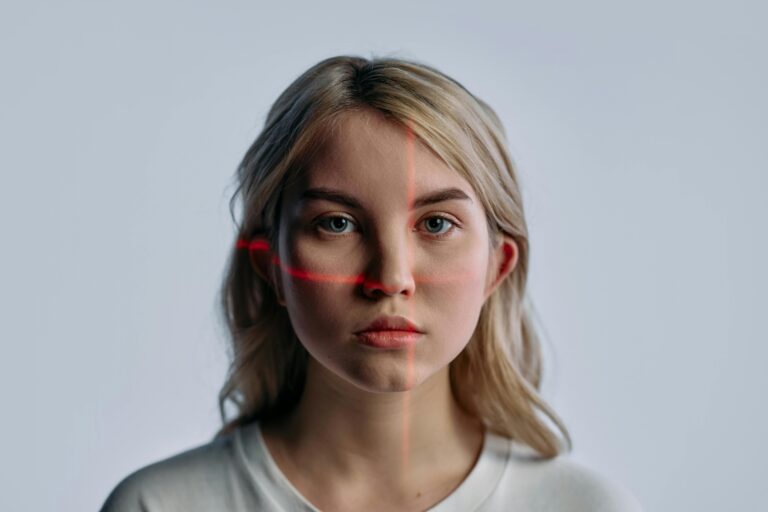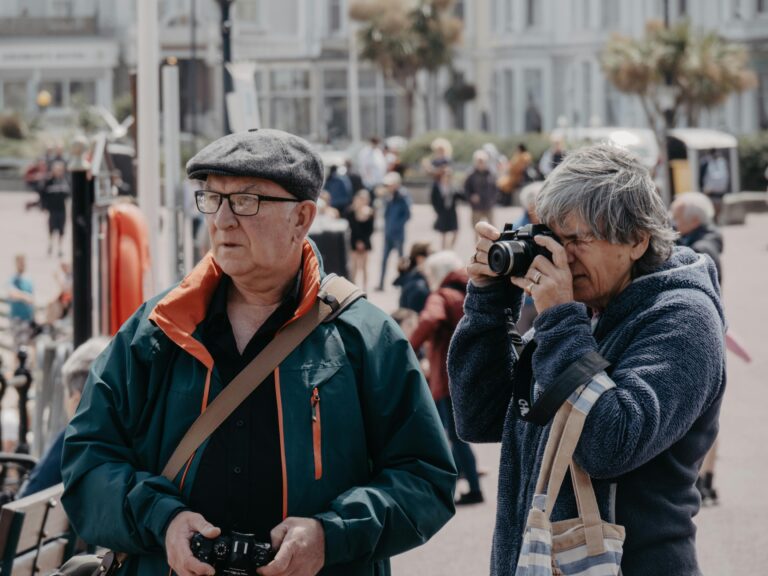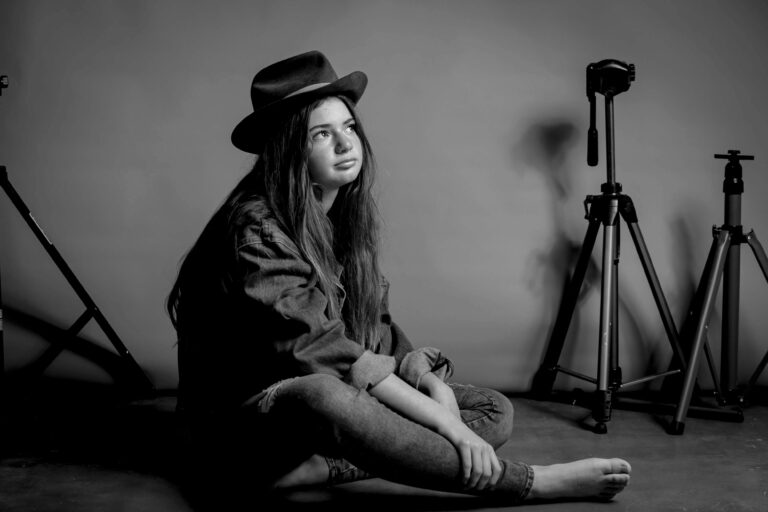Post-processing has been an integral part of photography since the days of the darkroom, where photographers used dodging, burning, and chemical techniques to refine their images. In the digital age, editing tools like Photoshop, Lightroom, and AI-driven applications have taken image enhancement to another level. But with great power comes great responsibility. How far should post-processing go before it crosses the line from enhancement to deception?
The Purpose of Editing: Enhancement vs. Manipulation
At its core, editing is about refining an image to better represent the photographer’s vision. Adjusting contrast, correcting exposure, and removing minor distractions are widely accepted as standard practices. These edits help improve an image without altering its fundamental truth. However, the problem arises when editing strays into manipulation—changing the reality of a scene in a way that misleads viewers.
For example, in portrait photography, skin smoothing and blemish removal are common practices. While a slight touch-up can create a polished look, excessive retouching that reshapes facial features or alters body proportions ventures into deceptive territory. This raises ethical concerns, particularly in advertising and social media, where unrealistic beauty standards can negatively impact self-image and mental health.
Ethics in Different Fields of Photography
Photojournalism: The Strictest Standard
In photojournalism, ethical editing guidelines are even stricter. The goal is to present reality as accurately as possible. Altering an image to remove an object, change colours, or modify context can distort the truth and mislead audiences. Several high-profile scandals have involved manipulated news images, eroding public trust in visual media. News organisations often have strict policies against excessive digital manipulation to ensure credibility and transparency.
One famous example of an ethical breach in photojournalism occurred in 2015 when a photographer won a major international award for an image that was later revealed to have been heavily altered. Elements were added and removed, fundamentally changing the original story. The scandal led to intense scrutiny of the credibility of photography competitions and called for more stringent verification processes.
Advertising and Commercial Photography: The Beauty Myth
Commercial and fine art photography operate under different ethical frameworks. In fashion and advertising, heavy retouching is standard practice, though it has sparked debates about authenticity. Digital tools can refine images, making them visually appealing, but when they push beyond minor enhancements and alter body proportions or facial structures significantly, they create an illusion of perfection that does not exist in reality.
The debate over body image and beauty standards has led some brands to move toward less retouched advertising. Major companies like Dove have launched campaigns promoting “real beauty,” advocating for minimal retouching to portray people as they are. However, other industries, particularly high fashion, continue to use extensive digital manipulation, leading to controversy over the unrealistic images that flood social media and advertising platforms.
Fine Art and Conceptual Photography: The Creative Freedom Debate
Meanwhile, in conceptual and fine art photography, manipulation is often encouraged as a form of creative expression. Here, the ethical question is not about truth but about artistic integrity and transparency. Many photographers create surreal or fantastical scenes, using compositing techniques to merge multiple images into one. While this is a legitimate form of art, the expectation is that the audience understands that such images are works of fiction rather than representations of reality.
For instance, fantasy and sci-fi photographers may use heavy post-processing to transport viewers to imagined worlds, crafting images that rely on digital manipulation. In this case, ethics are less about truthfulness and more about honesty in presenting the image as artistic interpretation rather than documentary evidence.
The Role of Social Media in Image Editing Ethics
Social media further complicates the issue, with influencers and brands often presenting edited images as reality. AI-powered filters and beauty apps can dramatically alter appearances, making it harder to distinguish between authenticity and fabrication. The pressure to conform to unrealistic standards has led to growing concerns about digital honesty and the need for greater transparency in online imagery.
Many social media users argue that heavy editing misleads audiences, particularly younger users who struggle with body image issues. Governments and advocacy groups have called for increased regulation, such as requiring disclaimers on heavily edited images. France, for example, has implemented laws requiring influencers to disclose when an image has been digitally altered.
When Does Editing Become Deceptive?
So, where do we draw the line? Ethical editing comes down to intent, context, and transparency. If an edit enhances an image while maintaining its integrity, it is generally accepted. But when editing distorts reality to mislead or deceive, it crosses an ethical boundary. Striking a balance between enhancement and honesty is crucial to maintaining credibility, whether in journalism, commercial photography, or social media.
Examples of Ethical and Unethical Editing
Ethical editing includes:
- Adjusting brightness, contrast, and sharpness to enhance visibility.
- Cropping an image for better composition while keeping the original context intact.
- Removing small distractions, like dust spots, that do not change the truth of the image.
Unethical editing includes:
- Adding or removing significant elements to mislead viewers.
- Excessively altering physical appearances to fit unrealistic standards.
- Changing the context of an image to manipulate its meaning.
The Future of Ethical Editing
As technology continues to evolve, so will the ethical dilemmas surrounding image manipulation. AI-powered editing tools now make it easier than ever to alter an image with a few clicks, raising new questions about responsibility. Many photographers and industry professionals advocate for clearer ethical guidelines and increased transparency, such as including metadata that documents edits or using watermarks to signal heavily manipulated images.
Photography competitions, news agencies, and online platforms are also adapting. Many now have strict guidelines on what level of editing is acceptable, and AI-driven verification systems are being developed to detect manipulations in images used in journalism and media.
Ultimately, it is up to photographers, editors, and content creators to use their tools responsibly, ensuring that their work remains both compelling and truthful. Whether capturing real-world events, creating fine art, or curating social media content, maintaining ethical standards in post-processing helps build trust with audiences and preserves the integrity of visual storytelling.
Keywords for SEO:
- Ethical photo editing
- Image manipulation ethics
- Photo editing vs photo manipulation
- Ethical considerations in photography
- Digital image integrity
- Ethics in photojournalism
- Fake images in media
- Photo retouching ethics
- AI in photo editing ethics
- Social media and edited images
- Photoshop ethics in photography
- Authenticity in photography
- Truth in digital photography
- Photo editing in advertising
- Ethical concerns in digital photography
- Beauty standards and photo editing
- AI photo enhancement ethics
- When does photo editing go too far?
- Transparency in image editing
- Digital photography manipulation





